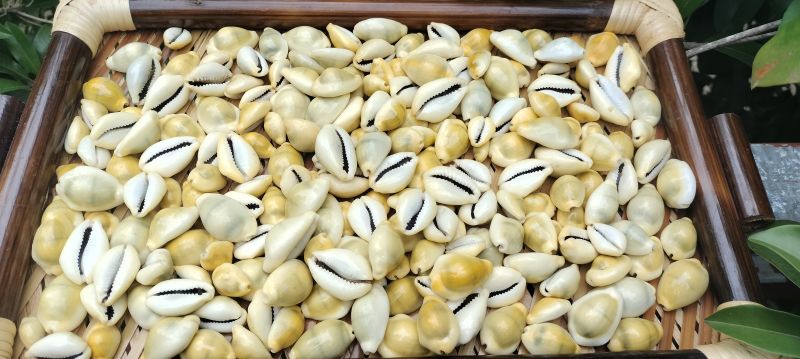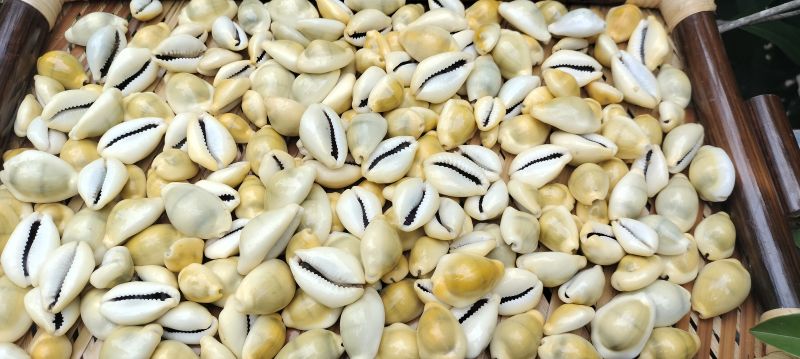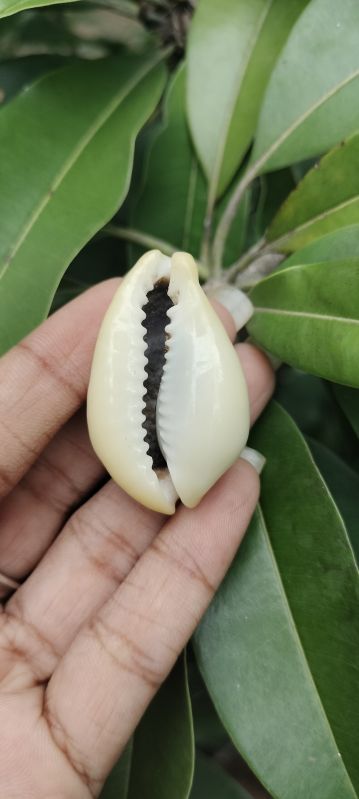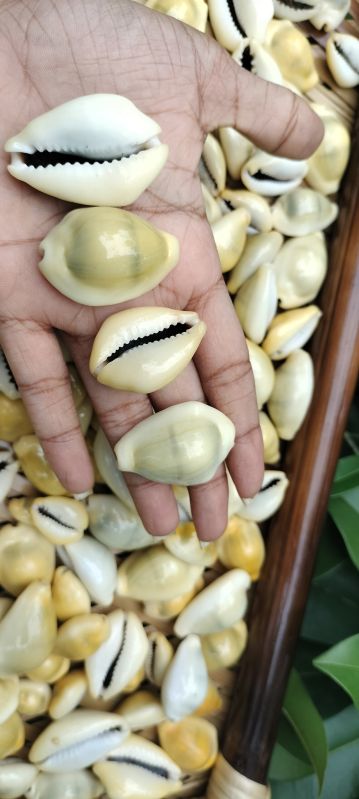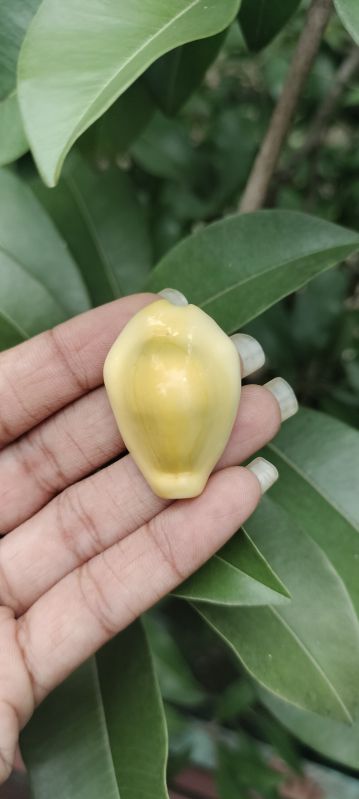Company Information
Ask for more detail from the seller
Contact SupplierThe money cowrie was given its name after the fact that this shell has been used as money since ancient times. Thousands of years ago the use of this type of shell, called a cowrie, was recorded in the Chinese literature. The most famous example of its use as money was in Africa, where traders brought in these shells. This cowrie is very common in the shallow waters of the Indian Ocean, where it is an herbivore that can be collected on rocks. Many money cowries were gathered in island groups such as the Maldives and the Seychelles and then brought to Africa, and in the interior these were used as money to trade for goods. In the 19th century, 10 money cowries could buy a chicken, and 30 money cowries could buy a bride. After only fifty years later, inflation raised prices dramatically; a chicken required 300 cowries, and a bride was an astounding 3500. By the beginning of the 20th century cowrie shell money had lost its’ value and was no longer used as currency in Africa. While it lasted, the Arabs and Europeans made a huge profit on cowrie shells; it is thought that in the hundred years after 1660, the Dutch alone brought in 4.7 billion money cowrie shells into Africa, which they traded for ivory, gold and slaves. The other cowrie that was used as money in addition to the money cowrie, was the ringer cowrie, another shell in this collection.
